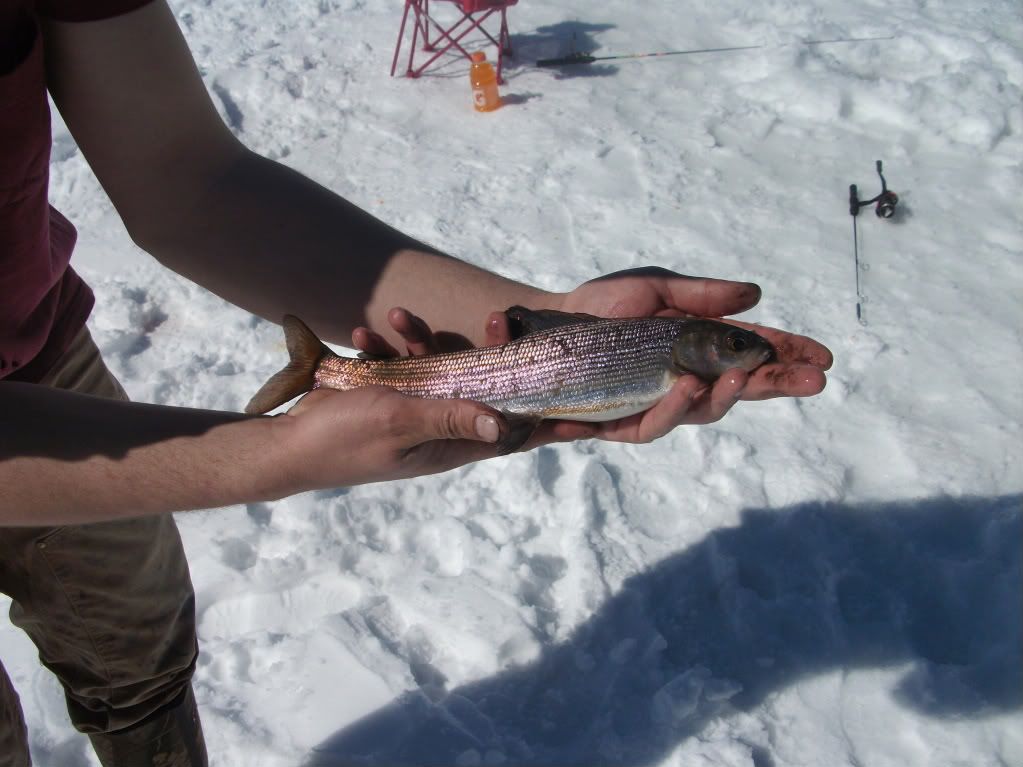T. a. arcticus grows to a maximum recorded length of 76 cm (30 inches) and a maximum recorded weight of 3.8 kg (8.4 pounds); the other subspecies range in maximum length from 30 to 44 cm (12 to 17 inches), with maximum weights of about 1 to 1.3 kg (2 to 3 pounds). Of typical thymalline appearance, the Arctic grayling is distinguished from the similar grayling (T. thymallus) by the absence of dorsal and anal spines and by the presence of a larger number of soft rays in these fins. There is a dark midlateral band between the pectoral and pelvic fins, and the flanks may possess a pink iridescence. Some subspecies exhibit distinctive coloration. T. a. baicalensis is darker in colour with two wide vertical bars of lighter shade along its body. T. a. arcticus has been recorded as reaching an age of 18 years.
The Arctic grayling occurs primarily in cold waters of mid-sized to large rivers and lakes, returning to rocky streams to breed, although T. a. baicalensis remains in shallow waters for its entire life. The various subspecies are omnivorous. Crustaceans, insects and insect larvae, and fish eggs form the most important food items. Larger specimens of T. a. arcticus become piscivorous and may even take small aquatic mammals, such as lemmings. The immature fish feed on zooplankton and insect larvae.
Artic Grayling

